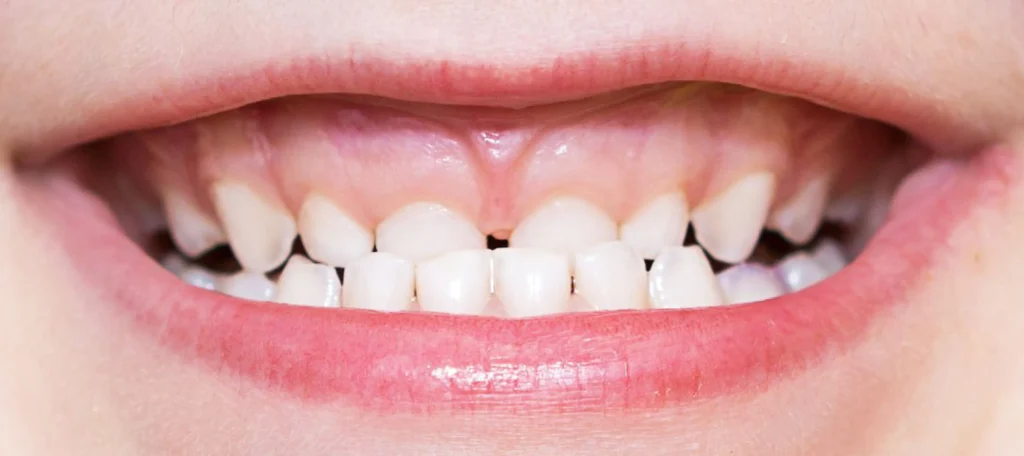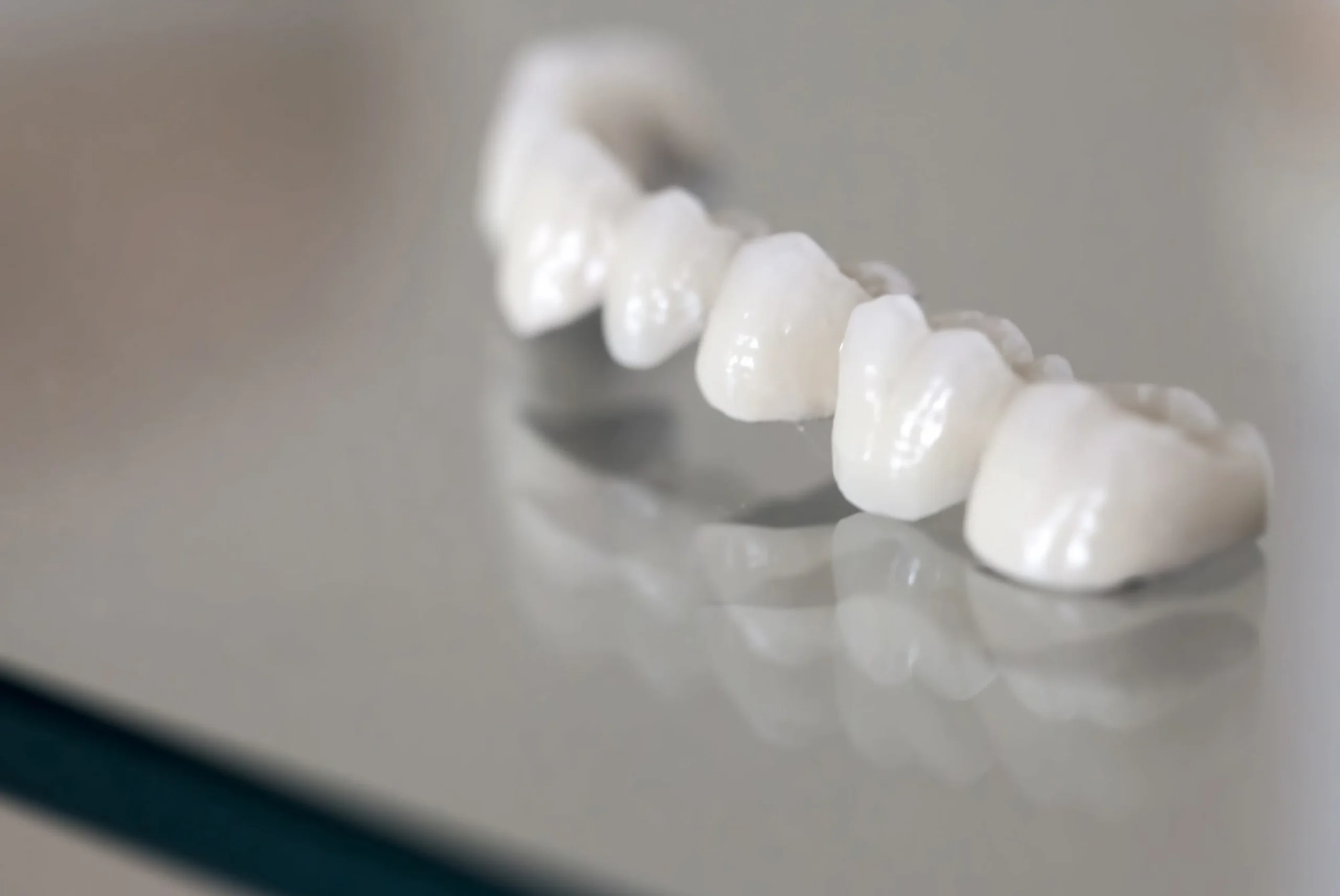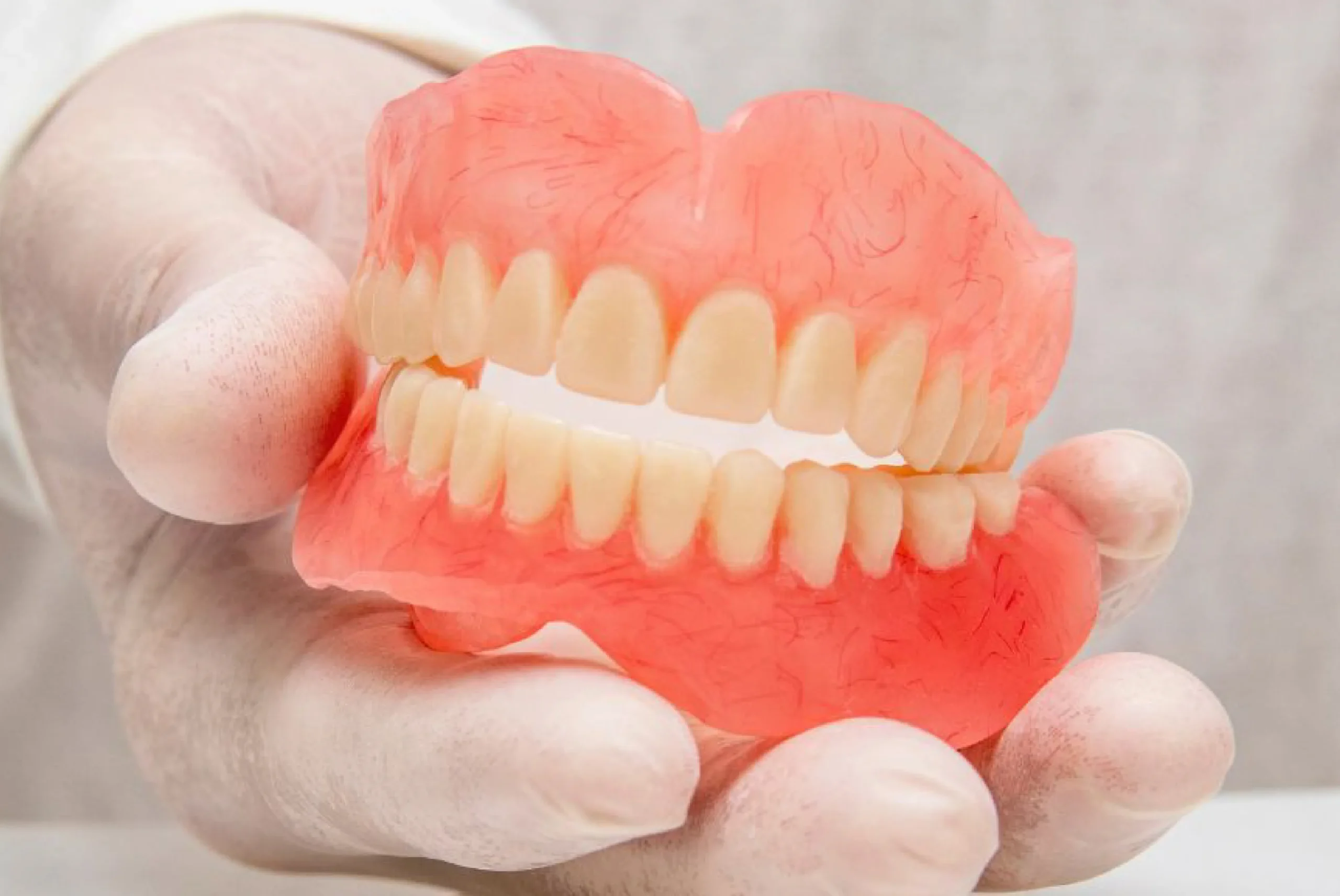Introduction
Dental malocclusion is a common dental condition that impacts millions of individuals worldwide. It refers to the abnormal alignment of teeth, which can vary in severity and significantly affect oral health, aesthetics, and overall well-being. Understanding the causes of malocclusion, its effects, and available treatment options is vital for promoting oral health and preventing long-term complications.
What Is Dental Malocclusion?
Dental malocclusion is a misalignment of the teeth and jaws. When the upper and lower teeth do not fit together properly during biting or chewing, it can lead to various complications, including difficulty in maintaining oral hygiene, discomfort, and speech issues. Some people may also experience a specific type of malocclusion known as deep bite teeth, where the upper teeth excessively overlap the lower teeth.
Causes of Malocclusion
The causes of malocclusion are diverse, ranging from genetic predisposition to environmental factors. Some of the most common contributors include:
- Genetic Factors
Many cases of dental malocclusion are inherited. For instance, jaw size discrepancies or irregularities in tooth size and shape are often genetic. - Thumb Sucking and Pacifier Use
Prolonged habits such as thumb sucking or pacifier use during childhood can exert pressure on the developing teeth and jaws, contributing to the abnormal alignment of teeth. - Injuries and Trauma
Accidents or injuries can lead to the displacement of teeth or jaw fractures, resulting in dental malocclusion. - Early Loss of Baby Teeth
The premature loss of primary teeth can disrupt the alignment of permanent teeth, leading to malocclusion. - Improper Dental Care
Neglected dental issues, such as untreated cavities or poorly fitted dental restorations, can alter the positioning of teeth over time.
Understanding the causes of malocclusion is essential for early intervention and effective management of the condition.
Types of Dental Malocclusion
Dental malocclusion can be classified into three primary types:
- Class I Malocclusion
This is the most common type, where the bite is normal but there is crowding or spacing between the teeth. - Class II Malocclusion
Often referred to as an “overbite,” this occurs when the upper jaw protrudes significantly over the lower jaw, leading to deep bite teeth. - Class III Malocclusion
Known as an “underbite,” this type occurs when the lower jaw extends outward, causing the lower teeth to overlap the upper teeth.
Each type can manifest with varying degrees of abnormal alignment of teeth, necessitating customized treatment approaches.
Symptoms and Complications
The symptoms of dental malocclusion range from mild to severe and may include:
- Crowding or spacing of teeth
- Pain or discomfort in the jaw
- Difficulty in chewing or speaking
- Excessive wear on tooth enamel
When left untreated, malocclusion can lead to complications such as:
- Increased risk of tooth decay and gum disease due to difficulty in cleaning the teeth
- Chronic jaw pain or temporomandibular joint (TMJ) disorders
- Aesthetic concerns, impacting self-esteem
Severe cases, especially those involving deep bite teeth, can exacerbate these issues and require comprehensive treatment.

Diagnosing Dental Malocclusion
Dentists and orthodontists use various diagnostic tools to assess dental malocclusion, including:
- Physical Examination: A thorough inspection of the teeth, jaws, and facial structure.
- Dental X-rays: To evaluate the position of teeth and detect underlying abnormalities.
- Impressions and Digital Scans: To create a detailed model of the patient’s teeth for planning treatment.
These methods help in identifying the degree of abnormal alignment of teeth and developing a tailored treatment plan.
Treatment Options for Dental Malocclusion
The treatment of dental malocclusion depends on its severity, underlying causes of malocclusion, and the patient’s age. Common approaches include:
- Orthodontic Braces
Braces are the most common treatment for correcting the abnormal alignment of teeth. They apply continuous pressure to gradually shift the teeth into proper alignment. - Invisalign
Clear aligners are a popular alternative to traditional braces, especially for adults seeking a more discreet option. - Dental Extractions
In cases of severe crowding, the removal of one or more teeth may be necessary to create space. - Orthognathic Surgery
For complex cases involving significant jaw misalignment, surgery may be required to reposition the jaw. - Retainers
Retainers are often used after braces to maintain the results and prevent relapse.
Patients with deep bite teeth may require additional specialized treatments, such as bite-opening appliances, to correct the excessive overlap.
Preventing Dental Malocclusion
While some factors, such as genetics, cannot be controlled, certain steps can reduce the risk of developing malocclusion:
- Encouraging healthy oral habits from an early age
- Limiting the use of pacifiers and discouraging thumb sucking
- Ensuring timely dental check-ups to address issues early
Preventive measures can help minimize the causes of malocclusion and improve oral health outcomes.
Living with Dental Malocclusion
For individuals living with dental malocclusion, maintaining good oral hygiene is critical. Brushing and flossing regularly can help mitigate the risk of complications such as cavities and gum disease. Regular dental visits are equally important for monitoring the condition and addressing any emerging issues promptly.
Lifestyle adjustments, such as a balanced diet and avoiding hard or sticky foods, can also prevent further damage, especially for those with deep bite teeth.
Conclusion
Dental malocclusion, characterized by the abnormal alignment of teeth, is a condition that can significantly impact oral health and quality of life. Understanding the causes of malocclusion is essential for early detection and intervention. Whether it involves braces, surgery, or preventive care, addressing dental malocclusion promptly can lead to improved oral health, aesthetics, and overall well-being. With proper treatment and care, individuals can overcome challenges posed by this condition and enjoy a healthy, confident smile.




